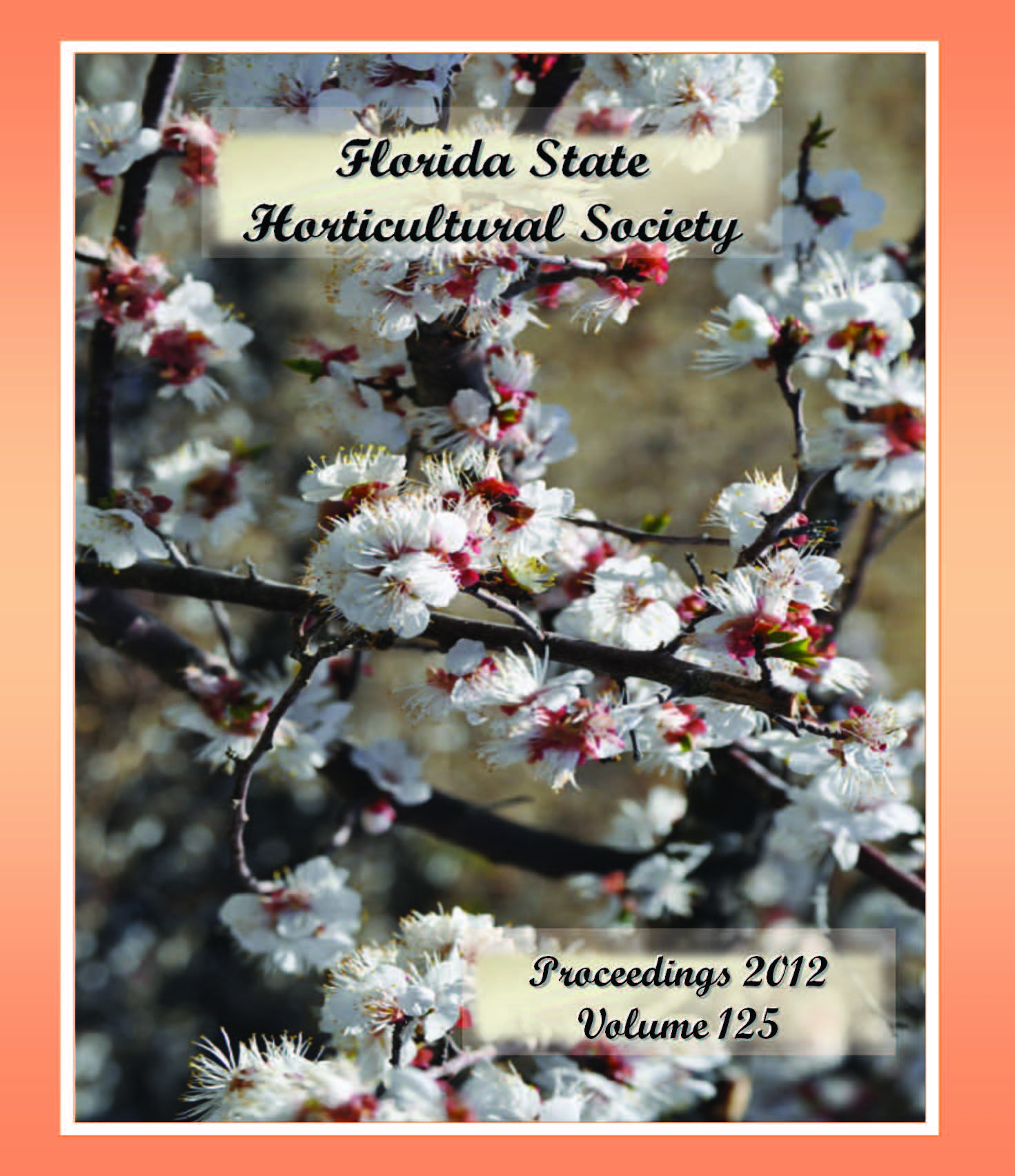Reducing Fusarium spp. Inoculum in Irrigation Systems: A Sanitation Case Study in Greenhouse-grown Tomatoes
Abstract
Fusariumspp. fungi cause several serious diseases in tomato in Florida, notably Fusarium wilt and crown rot. The fungus persists in soil and crop debris and requires intensive efforts to eradicate propagules on field and greenhouse equipment and implements. Samples of greenhouse-grown tomatoes from Suwannee County were diagnosed with a systemic Fusarium disease by the University of Florida–IFAS (UF–IFAS) Plant Disease Clinic in 2009. The plants were grown in coconut fiber-filled lay-flat plastic bags and irrigated by drip emitters at the top of the media. Although the system does not utilize recycled irrigation water, all other components of the irrigation system were reused with each new crop and thus were suspected of contributing to the perennial Fusarium disease occurrence. Fusariumspp. were isolated from inside the plastic tubing and the planting media trapped in the ridged shape of the irrigation stakes. Subsequent samples of irrigation stakes were collected and subjected to six sanitization regimens including pressurewashing with and without soaking in sanitizing solutions. We found that washing the stakes to remove planting media and plant debris prior to treatment with any sanitizing solution reduces the inoculum to below detectable levels. Although preliminary, this testing indicates that incorporation of this simple and low-cost step into sanitation protocols may reduce carry-over of Fusarium disease inoculum from one crop to subsequent crops.

